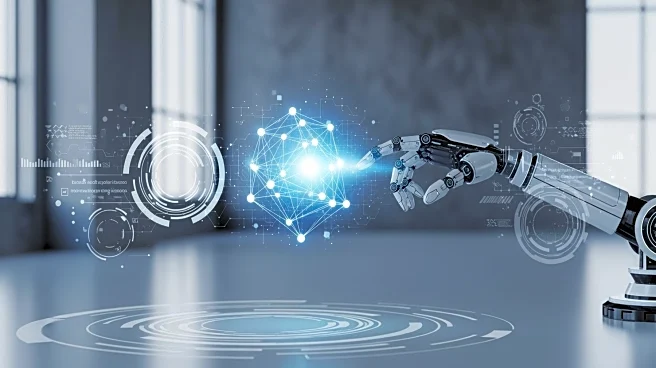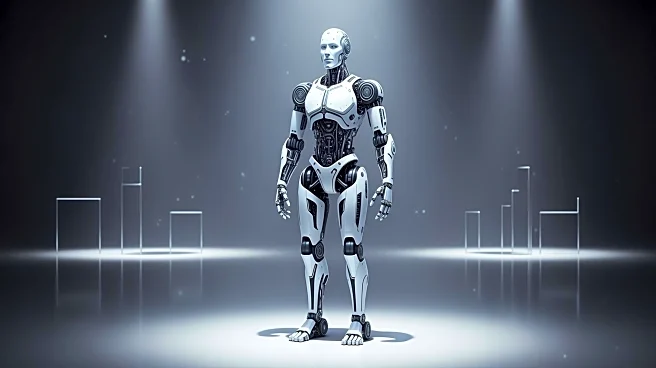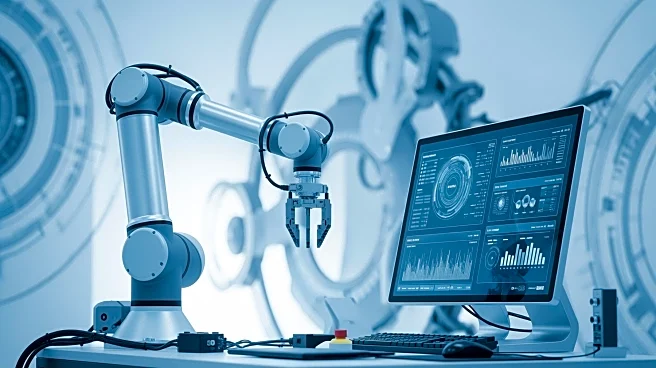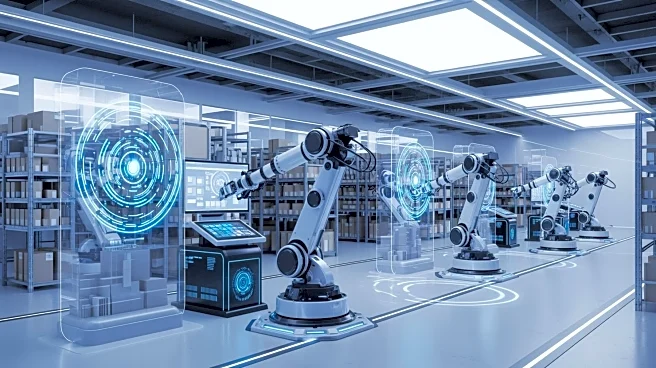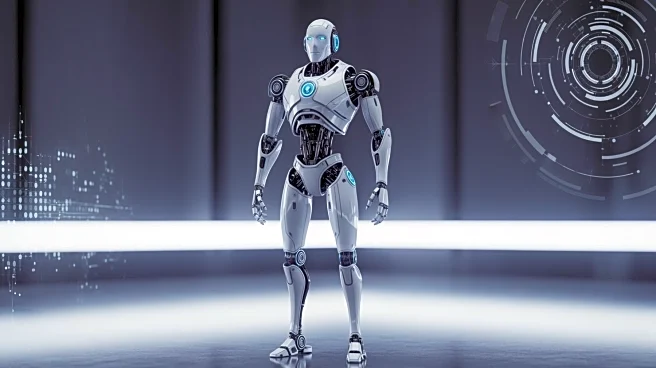What's Happening?
Research in human-robot systems (HRS) is advancing with the development of datasets that capture sequential human assembly and disassembly motions. These datasets are crucial for improving human-robot interaction
(HRI) and collaboration (HRC) by enabling robots to better understand and predict human actions. The datasets include various modalities such as RGB images, videos, and human skeletons, which are used to track and recognize human activities in real-time. This research aims to enhance the collaborative capabilities of robots, particularly in industrial settings.
Why It's Important?
The ability of robots to accurately perceive and respond to human actions is vital for efficient collaboration in manufacturing and other industries. By improving task and motion planning, these datasets can lead to more effective and safer human-robot interactions. This advancement is particularly significant for industries that rely on automation and robotics to increase productivity and reduce labor costs. The development of robust HRS can also facilitate the integration of robots into new sectors, expanding their applications and benefits.
What's Next?
Future research may focus on refining these datasets to include more complex human motions and interactions. The development of advanced algorithms for motion prediction and task planning could further enhance the capabilities of HRS. Additionally, the integration of AI and machine learning into these systems may lead to more adaptive and intelligent robots, capable of working alongside humans in dynamic environments.
Beyond the Headlines
The ethical implications of human-robot collaboration are significant, as it raises questions about job displacement and the role of robots in society. Ensuring that robots complement rather than replace human workers is crucial for maintaining social stability. Additionally, the use of robots in sensitive tasks necessitates strict safety protocols and regulations to prevent accidents and ensure ethical use.


